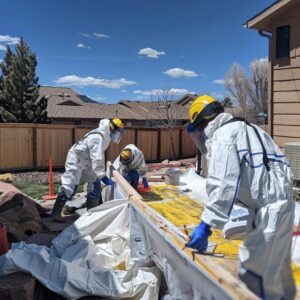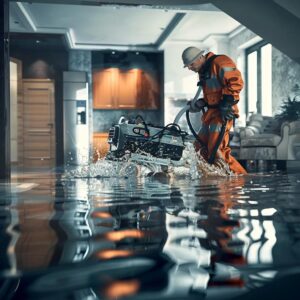Fire Restoration Services in Denver: What to Expect
Overview of Denver Fire Restoration: Steps & Expectations
Denver residents and business owners facing fire damage often feel overwhelmed by the restoration process. Fire restoration services repair structural damage, remove hazardous residues, and restore properties to pre-fire condition. This article outlines the key steps in fire restoration in Denver, explains the emergency response process, describes insurance claim support, and highlights local expertise and factors influencing cost and timelines. It also provides practical advice for preparing a property for restoration so owners can work efficiently with professionals to regain a safe, functional space.
Key Takeaways
- Fire restoration in Denver involves multiple stages from damage assessment to rebuilding.
- Emergency response services, such as 24/7 board-up and tarping, are critical to limiting further loss.
- Local restoration experts support insurance claims and possess specific knowledge of Denver’s regulations.
- Costs and timelines depend on the extent of damage and individual property factors.
- Proper preparation and documentation are essential immediately following a fire incident.
What Are the Key Steps in Fire Restoration Services in Denver?
Fire restoration in Denver follows a systematic process to ensure safety and recovery. First, an initial assessment inspects fire damage, notes smoke and soot residues, and evaluates water damage from firefighting. This inspection covers structural integrity and indoor air quality. Next, thorough cleaning removes soot, odor, and contaminants. Water damagemitigation prevents mold growth, followed by structural repairs, debris removal, and content inventory and restoration where possible.
How Is Fire Damage Assessed and Inspected?
Damage assessment begins with a detailed inspection of walls, ceilings, and floors for smoke damage and residues. Experts use specialized tools to detect hidden moisture and hazardous chemicals. Findings are documented precisely to guide repair strategies and support insurance claims. This comprehensive evaluation helps prevent future risks like mold growth or structural collapse.
What Does Smoke, Soot, and Odor Removal Involve?
Removing smoke, soot, and odors is vital for safe indoor air quality. Specialists use cleaning solutions and industrial HEPA vacuums to capture fine particles. Techniques such as thermal fogging and ozone treatments neutralize odors. Surfaces are cleaned with anti-microbial agents to break down contaminants, ensuring both visible and hidden residues are eliminated for a healthier living environment.
How Is Water Damage From Firefighting Mitigated?
Water damage from firefighting is managed with dehumidifiers, air movers, and moisture detectors to control dampness. Excess water is quickly removed to reduce mold and mildew risk. In some cases, damaged insulation or drywall is replaced. Prompt drying and moisture control reduce secondary damage and lower overall restoration costs.
What Structural Repairs Are Typically Required?
After cleaning and drying, structural repairs restore stability and safety. This may involve replacing damaged beams, reinforcing compromised walls, or repairing foundations. Fire and water weaken materials over time, so restoration professionals ensure all repairs meet local building codes. Modern, fire-resistant materials are often used to improve safety and durability while restoring the property close to its original condition.
How Are Contents Cleaned and Restored?
Content restoration involves careful handling of personal belongings, furniture, and electronics affected by fire, smoke, and water. Specialists use equipment and techniques to salvage items that might otherwise be lost. Documents, photographs, and art may be decontaminated using methods like ultrasonic cleaning. Detailed inventory management supports insurance claims, and guidance is offered when items cannot be fully restored.
How Does Emergency Response Work for Fire Restoration in Denver?
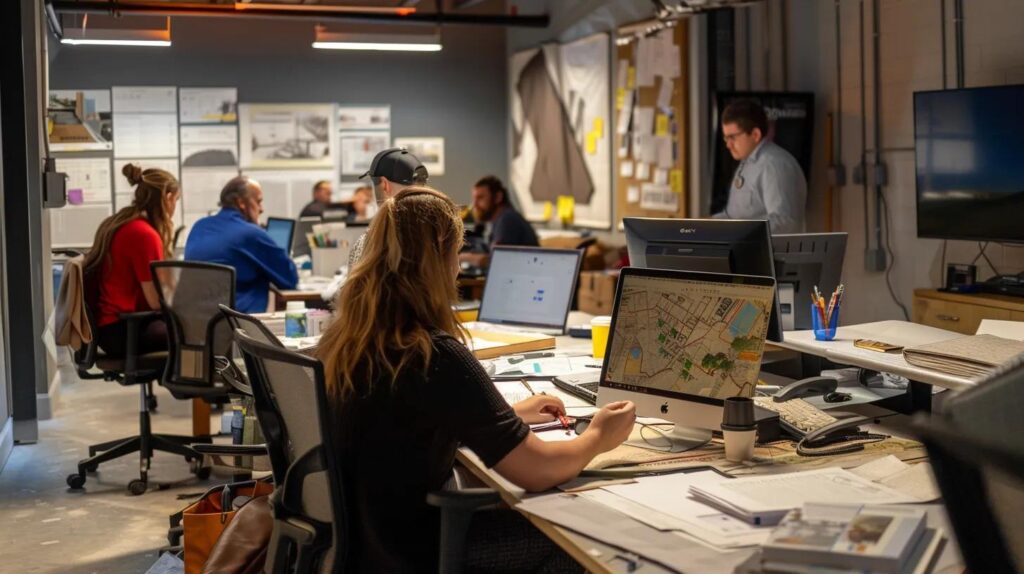
Emergency response in Denver aims to minimize further damage and secure properties quickly. Restoration companies provide 24/7 services to board up and secure affected structures immediately. Rapid intervention prevents additional water, mold, or debris damage. Teams work with local emergency services and begin diagnostic procedures as soon as a fire is reported, ensuring swift and effective restoration actions that help preserve property value.
What Is Included in 24/7 Emergency Board-Up and Tarping?
Emergency board-up and tarping are initial measures taken after a fire. Temporary barriers are installed on windows, roofs, and vulnerable entry points using materials such as plywood and heavy-duty tarpaulins. This quick step prevents additional damage from weather or intruders and stabilizes the property until permanent repairs begin.
How Quickly Can Restoration Teams Respond in Denver?
Denver restoration teams typically respond within a few hours of receiving an emergency call. Their 24/7 availability and streamlined protocols help minimize hazards like water seepage and microbial growth while speeding up the overall restoration timeline. Quick local response reduces total damage and ensures efficient recovery.
Why Is Rapid Response Critical to Minimizing Fire Damage?
Rapid response limits the worsening of fire damage over time. Every hour without intervention increases risks such as structural compromise and mold growth. A prompt response prevents secondary damage, reduces repair costs, and provides peace of mind to property owners by quickly addressing the emergency.
What Insurance Claim Support Can You Expect With Denver Fire Restoration Services?
Insurance claim support is a key part of fire restoration. Experts work with property owners to compile necessary documentation, detailed damage assessments, and repair estimates. Acting as a liaison with insurance companies, they help streamline the claim process. Their knowledge of local codes and fire regulations ensures that claims are filed accurately, reducing the owner’s burden and expediting compensation.
How Do Restoration Experts Assist With Insurance Documentation?
Restoration experts provide detailed reports, photos, and repair estimates that clearly outline fire, smoke, and water damage. Every incident, including secondary damage, is recorded carefully. By working with insurance adjusters, they help clear up discrepancies, ensuring that clients receive the full benefits allowed by their policies.
What Are the Typical Insurance Procedures for Fire Damage?
After a fire, property owners notify their insurer immediately. An adjuster inspects the site, and a detailed report is compiled, often with assistance from restoration experts. Accurate documentation and technical reports facilitate a fair settlement process and reduce delays in receiving repair funds.
How Can You Maximize Your Insurance Coverage for Fire Restoration?
Maximizing coverage involves thorough documentation and clear communication with insurers. Keeping detailed records, photographs, and repair estimates is critical. Property owners benefit from working with restoration experts familiar with local guidelines, which helps secure full compensation for both initial and secondary damages.
Why Choose Local Fire Restoration Services in Denver?
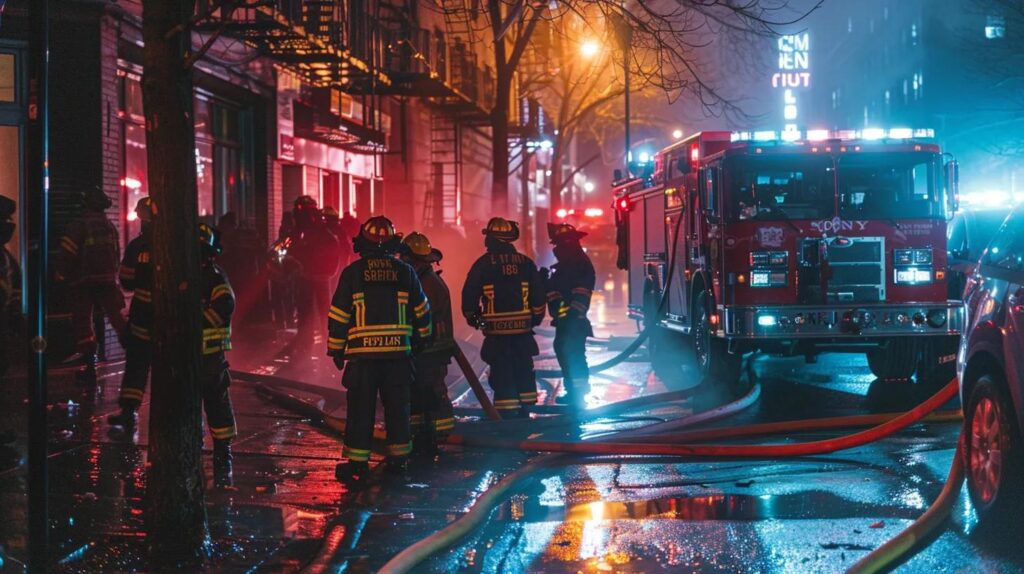
Local restoration services offer rapid response, deep local expertise, and familiarity with regional building codes. Denver-based teams understand local materials, climate challenges, and altitude effects, which can influence restoration urgency. Their certification and training ensure compliance with state regulations. Local companies provide personalized service and maintain strong community reputations for reliability and excellence.
How Does Denver’s Climate and Regulations Affect Fire Restoration?
Denver’s high altitude and variable weather can worsen smoke and fire damage. Strict local fire codes and building regulations require careful attention during repairs. Restoration companies in Denver tailor their processes to meet these conditions while ensuring repairs are safe and durable.
What Certifications and Training Do Denver Technicians Have?
Denver technicians are certified by reputable bodies, such as the IICRC, and receive rigorous training in fire damage assessment, water removal, and structural repairs. Ongoing education helps them stay current with industry standards and emerging technologies, ensuring high-quality, safe restoration services.
How Does Local Knowledge Improve Restoration Outcomes?
Local contractors are familiar with Denver’s construction methods and materials. Their long-established relationships with suppliers and local government agencies help expedite permits and project completion. This local expertise leads to faster turnaround times and higher-quality repairs that protect property value over the long term.
What Are the Costs and Timeframes for Fire Restoration in Denver?
Costs and timelines for fire restoration depend on the damage severity, materials used, and secondary issues such as water and smoke contamination. Detailed assessments provide clear estimates for labor, materials, and additional services. Minor projects may be completed in days, while extensive damage can take several weeks or even months. Transparent project plans help property owners understand expected costs and schedules.
What Factors Influence Fire Restoration Pricing?
Pricing is influenced by the extent of structural damage, levels of smoke and soot, water damage from firefighting, and the need for specialized equipment and labor. Additional services like demolition, debris removal, mold remediation, or odor neutralization may add to costs. Detailed, itemized estimates help homeowners plan financially for the restoration work required.
How Long Does a Typical Fire Restoration Project Take?
Project duration varies by severity and scope. Minor incidents might be completed in a week, while larger projects involving water mitigation and extensive structural repairs can take several weeks. Factors such as permit approvals, weather, and insurance settlements can influence timelines, but experienced companies work to complete projects as quickly as possible while maintaining high safety standards.
Are There Financing or Payment Options Available?
Many restoration companies offer flexible financing and payment options. These might include payment plans, insurance claim advances, or partnerships with financing services to cover emergency repairs. Such options help ease the financial burden on property owners and allow repairs to begin promptly.
How Can You Prepare Your Home or Business for Fire Restoration Services?
Preparation can enhance restoration efficiency and lower long-term costs. After a fire, owners should first ensure safety by turning off utilities and evacuating. Document damage with photographs and notes, then protect or remove valuable items and sensitive possessions. This advanced preparation provides clear access for restoration teams and helps support insurance claims.
What Should You Do Immediately After a Fire?
Immediately after a fire, evacuate to ensure safety and alert emergency services. Once safe, document the damage with photos and videos, and take notes about affected areas and hazards. Contact your insurance provider promptly and avoid disturbing evidence needed for investigation and claims.
How Can You Document Damage for Restoration and Insurance?
Use high-resolution cameras and smartphones to capture images and videos of all affected areas. Keep a written record with timestamps and detailed descriptions of the damage. Organize this documentation and share it promptly with your restoration team and insurance adjusters to support a complete claim.
What Items Should You Remove or Protect Before Restoration Begins?
Remove any valuable or irreplaceable items from the restoration area to prevent further damage. This includes personal documents, heirlooms, and electronics. If items cannot be relocated, cover them with protective sheeting. Communicate with the restoration team to determine which items require special handling.
What Are Common Questions About Fire Restoration Services in Denver?
Common questions focus on the extent of repairs, safety measures, and odor removal. Many wonder if fire damage can be fully restored and how experts address persistent smoke odors and contaminants. Restoration professionals follow industry standards to decide if full restoration or partial reconstruction is needed, using advanced decontamination techniques to ensure safety and quality.
Can Fire Damage Be Fully Repaired or Restored?
In many cases, fire damage can be restored to a safe and functional state. Restoration experts combine cleaning, repair, and rebuilding techniques to return the property as close as possible to its pre-fire condition. In instances where damage is irreversible, replacement of materials may be necessary.
How Is Odor Removal Achieved After a Fire?
Odor removal involves multiple steps, including thorough cleaning with industrial deodorizers, thermal fogging, and ozone treatments. Repeated treatments and air quality checks ensure that any lingering smells are eliminated, leaving the indoor environment fresh and safe.
What Safety Measures Are Taken During Restoration?
Safety measures include securing the structure, using PPE, and adhering to strict cleanup guidelines. Technicians ensure that all repairs meet local building codes and maintain high safety standards through regular inspections during the process.
How Do Fire Restoration Services Handle Smoke Damage Differently?
Smoke damage is addressed as both a surface and airborne issue. Specialized cleaning agents, steam cleaning, and advanced air filtration are used to remove smoke particles from surfaces and HVAC systems. This dual approach effectively removes both visible and hidden contaminants.
Final Thoughts
Fire restoration services in Denver offer a comprehensive solution to fire damage challenges. From assessment to emergency response and final repairs, local experts guide property owners through every step. By understanding each restoration phase, being prepared, and working alongside experienced professionals, owners can restore their homes or businesses to safe, livable conditions and safeguard their investments.
Frequently Asked Questions
Q: How long does fire restorationtypically take? A: Restoration duration depends on damage severity; minor repairs may take a week, while extensive projects can take several weeks to months.
Q: What immediate actions should propertyowners take after a fire? A: Ensure safety, document damage with photos and notes, and contact emergency services and your insurance provider immediately.
Q: How can local expertise benefit the restorationprocess in Denver? A: Local professionals understand Denver’s unique climate, building codes, and construction methods, ensuring quicker and more compliant repair solutions.
Q: What role do insurance companies play in fire restoration? A: Insurance companies use comprehensive documentation from restoration experts to verify damage and finance the necessary repairs.
Q: Are there financing options available for fire restoration services? A: Yes, many providers offer flexible financing, payment plans, and insurance claim advances to help cover restoration costs.

